“Going organic gave me a better chance of insulating against outside factors, it gave me more control as to what goes on on my farm,” William Mulhall from Derrymullin Farm in Co Kildare said. “I haven’t used meal on this farm since 2015, and I won’t use any.
The selling point for this farm will be 100% grass based, pasture fed beef.” For that reason genetics was very important for William; “Organic concentrates can be up to €150/t more so you want an animal that doesn’t need meal.”
I went five or six years of suckling thinking that I had a plan to beat the system but I didn’t
There are plenty of preconceptions about what organic farming involves with some people believing that you will never be able to dose your cattle again, a point that William argues strongly.
“Animal welfare is the be all and end all. If you have a sick animal you treat the animal, then you record what you give and you get a note from the vet to say what exactly you gave to the animal and this goes into your records.”

The main differences between organic farming and conventional practices are that chemical fertiliser or chemical sprays are not permitted to be used on the farm. Also cattle or sheep must be fed a diet which is a minimum of 60% forage.
A major issue can be withdrawal periods which for organic cattle can be twice or three times longer than conventional withdrawal periods. This can be a real issue for finishers using products with longer withdrawal periods.
The entire scheme does push farmers to using less dosing products as cattle either have to be faecal sampled prior to dosing or a vet has to visit the herd and assess whether treatment is required. The focus of the scheme is on prevention rather than a cure.
The genetic switch
Not only did the farm have to change its management practices since making the conversion but there has also been massive changes with the genetics in the herd. The move has been made away from nearly pure Simmental breeding to the use of Speckle Park and Angus breeds.
Traditionally on the farm the goal had been to try and produce a 400kg weanling with the aim of getting the coveted €1,000 price tag at the marts every autumn.
“We were trying to get that €1,000 calf and while we would get a few like that, you were generally getting prices nearer to €850, and that just wasn’t cutting the mustard,” according to William.
He took over the farm in 2009, but prior to this it had been run quite extensively with about 30 suckler cows on the 46ha farm. Now that has moved to a target of 45 cows.
“I changed the genetics to Angus first to try and reduce the size of the cow. The size of the cow is what is killing suckling; with the cost it takes to keep a cow for the year a lot of farmers are just breaking even.”

With a lot of more marginal land William had to go for a breed that could work for him: “I liked the Speckle Park, they are like the Angus but they perform well on marginal land. They are good mothers, moderate to low body weight, easy-calving and good milky cows. What really excited me about the breed was the eating quality of the meat.”
The aim on the farm is to move towards direct selling of meat with the target to finish steers at approximately 600kg livweweight and heifers at approximately 550kg liveweight.
“When you want to direct sell it changes from looking at quantity [of the meat] to the quality,” William said.

“When trying to go down the route of direct selling you have to understand the market place, with this type of product we are trying to hit that higher market.”
At times during the year the farm had a stocking rate of 1.8lu/ha.
“This was too high and we came under pressure during the end of the summer. The aim will be to be stocked at about 1.4lu/ha when we get rid of some of the heavier cows,” William said.
Nutrient recycling
A much larger focus has been placed on nutrient recycling. Both slurry and farmyard manure (FYM) use has had to become much more targeted, especially where silage will be made. With all cattle having access to a straw-bedding area it means there is a large amount of FYM to spread. “This is my fertiliser for the next 12 months so I bed cattle very heavily.”

For this reason spending €2,500 on straw last year was a necessity as much as it was a choice.
FYM will be turned over three or four times before spreading to get it to break down. Soil is often mixed with it too which will speed up the breakdown process and allow for nutrients to be easily absorbed by the sward.
This year William has also grown 7ac of a rape/kale/stubble turnip mix to out-winter the weanlings.
This will take some of the pressure off the fodder supplies.
Finance
The Organic Farming Scheme (OFS) is no longer open, however when it was, farmers were entered into a five-year contract.
For livestock farmers the first two years, known as the conversion period, would see payments of €220/ha, up to a farm of 60ha at which point the payment would decrease. Cattle would not be subject to a higher price at the factory during this conversion period.
After the conversion period the payment would decrease to €170/ha for the remaining three years.
Before an influx of over 500 farmers into the OFS in 2015 beef prices could be as high as €5.40/kg, however due to the oversupply at present this sits closer to €4.65/kg.
“If the price goes any lower you would have to question staying organic,” according to William.

“I went five or six years of suckling thinking that I had a plan to beat the system but I didn’t,” William admitted.
“Going organic gave me a little more pride in what I was doing, a little more control as you are not spending as much on inputs. The target that suckler farmers have to hit to get the reward is getting smaller and smaller all the time.”
Read more
'Ireland could be an organic nation' - but not everyone agrees
Organic farmers await 2016 balancing payment
“Going organic gave me a better chance of insulating against outside factors, it gave me more control as to what goes on on my farm,” William Mulhall from Derrymullin Farm in Co Kildare said. “I haven’t used meal on this farm since 2015, and I won’t use any.
The selling point for this farm will be 100% grass based, pasture fed beef.” For that reason genetics was very important for William; “Organic concentrates can be up to €150/t more so you want an animal that doesn’t need meal.”
I went five or six years of suckling thinking that I had a plan to beat the system but I didn’t
There are plenty of preconceptions about what organic farming involves with some people believing that you will never be able to dose your cattle again, a point that William argues strongly.
“Animal welfare is the be all and end all. If you have a sick animal you treat the animal, then you record what you give and you get a note from the vet to say what exactly you gave to the animal and this goes into your records.”

The main differences between organic farming and conventional practices are that chemical fertiliser or chemical sprays are not permitted to be used on the farm. Also cattle or sheep must be fed a diet which is a minimum of 60% forage.
A major issue can be withdrawal periods which for organic cattle can be twice or three times longer than conventional withdrawal periods. This can be a real issue for finishers using products with longer withdrawal periods.
The entire scheme does push farmers to using less dosing products as cattle either have to be faecal sampled prior to dosing or a vet has to visit the herd and assess whether treatment is required. The focus of the scheme is on prevention rather than a cure.
The genetic switch
Not only did the farm have to change its management practices since making the conversion but there has also been massive changes with the genetics in the herd. The move has been made away from nearly pure Simmental breeding to the use of Speckle Park and Angus breeds.
Traditionally on the farm the goal had been to try and produce a 400kg weanling with the aim of getting the coveted €1,000 price tag at the marts every autumn.
“We were trying to get that €1,000 calf and while we would get a few like that, you were generally getting prices nearer to €850, and that just wasn’t cutting the mustard,” according to William.
He took over the farm in 2009, but prior to this it had been run quite extensively with about 30 suckler cows on the 46ha farm. Now that has moved to a target of 45 cows.
“I changed the genetics to Angus first to try and reduce the size of the cow. The size of the cow is what is killing suckling; with the cost it takes to keep a cow for the year a lot of farmers are just breaking even.”

With a lot of more marginal land William had to go for a breed that could work for him: “I liked the Speckle Park, they are like the Angus but they perform well on marginal land. They are good mothers, moderate to low body weight, easy-calving and good milky cows. What really excited me about the breed was the eating quality of the meat.”
The aim on the farm is to move towards direct selling of meat with the target to finish steers at approximately 600kg livweweight and heifers at approximately 550kg liveweight.
“When you want to direct sell it changes from looking at quantity [of the meat] to the quality,” William said.

“When trying to go down the route of direct selling you have to understand the market place, with this type of product we are trying to hit that higher market.”
At times during the year the farm had a stocking rate of 1.8lu/ha.
“This was too high and we came under pressure during the end of the summer. The aim will be to be stocked at about 1.4lu/ha when we get rid of some of the heavier cows,” William said.
Nutrient recycling
A much larger focus has been placed on nutrient recycling. Both slurry and farmyard manure (FYM) use has had to become much more targeted, especially where silage will be made. With all cattle having access to a straw-bedding area it means there is a large amount of FYM to spread. “This is my fertiliser for the next 12 months so I bed cattle very heavily.”

For this reason spending €2,500 on straw last year was a necessity as much as it was a choice.
FYM will be turned over three or four times before spreading to get it to break down. Soil is often mixed with it too which will speed up the breakdown process and allow for nutrients to be easily absorbed by the sward.
This year William has also grown 7ac of a rape/kale/stubble turnip mix to out-winter the weanlings.
This will take some of the pressure off the fodder supplies.
Finance
The Organic Farming Scheme (OFS) is no longer open, however when it was, farmers were entered into a five-year contract.
For livestock farmers the first two years, known as the conversion period, would see payments of €220/ha, up to a farm of 60ha at which point the payment would decrease. Cattle would not be subject to a higher price at the factory during this conversion period.
After the conversion period the payment would decrease to €170/ha for the remaining three years.
Before an influx of over 500 farmers into the OFS in 2015 beef prices could be as high as €5.40/kg, however due to the oversupply at present this sits closer to €4.65/kg.
“If the price goes any lower you would have to question staying organic,” according to William.

“I went five or six years of suckling thinking that I had a plan to beat the system but I didn’t,” William admitted.
“Going organic gave me a little more pride in what I was doing, a little more control as you are not spending as much on inputs. The target that suckler farmers have to hit to get the reward is getting smaller and smaller all the time.”
Read more
'Ireland could be an organic nation' - but not everyone agrees
Organic farmers await 2016 balancing payment












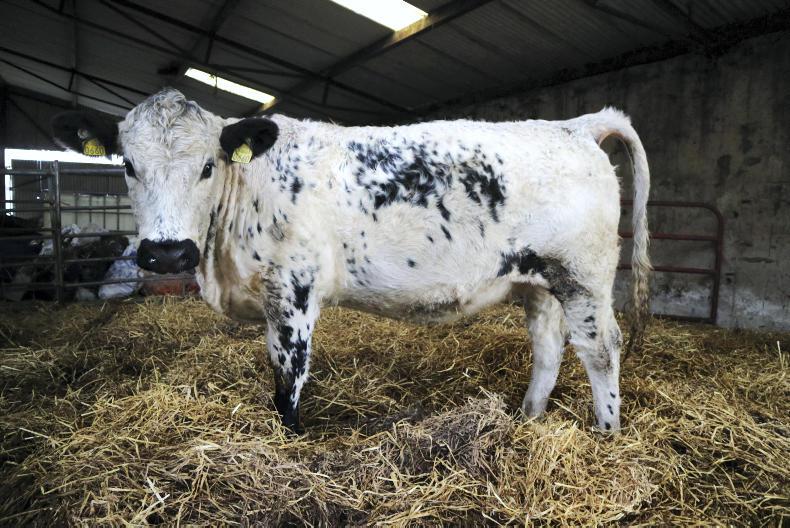
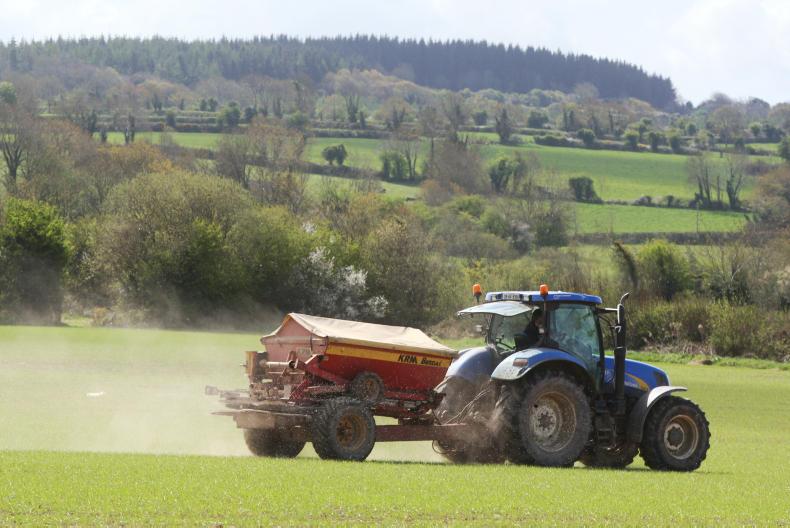

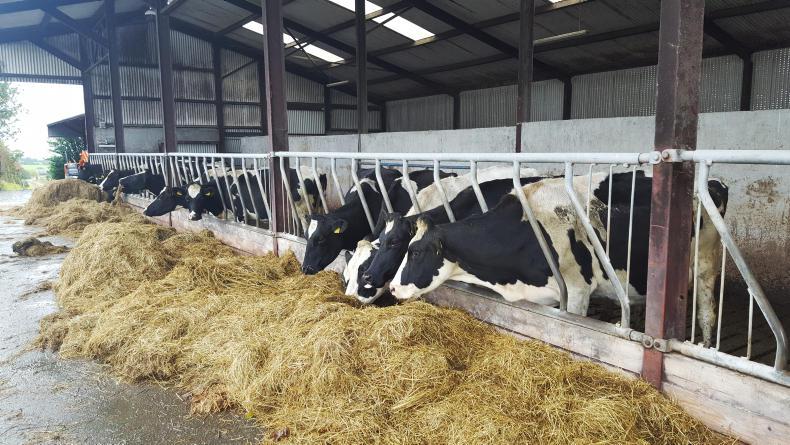
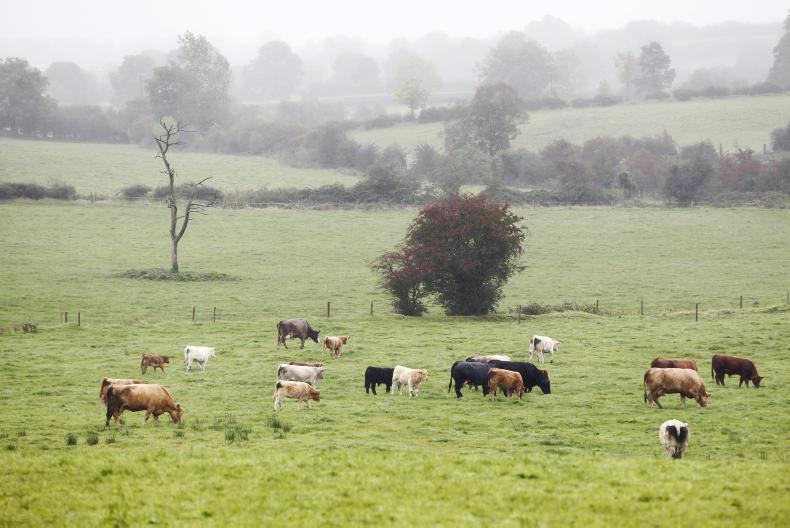
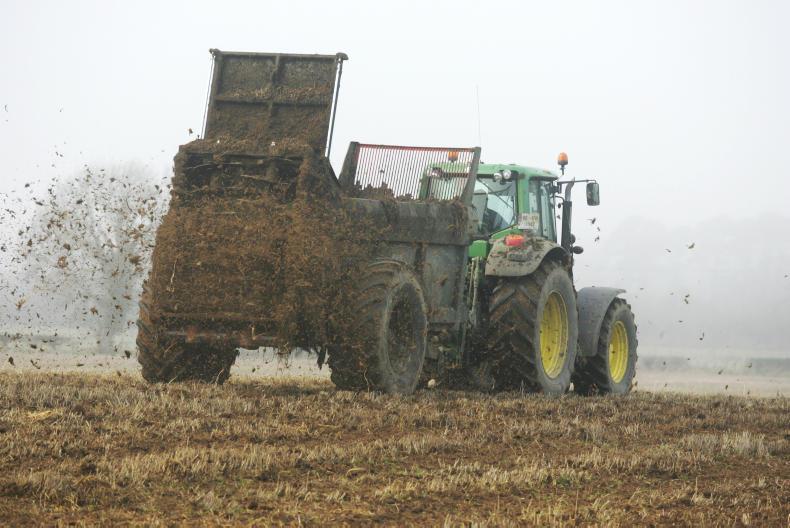
SHARING OPTIONS